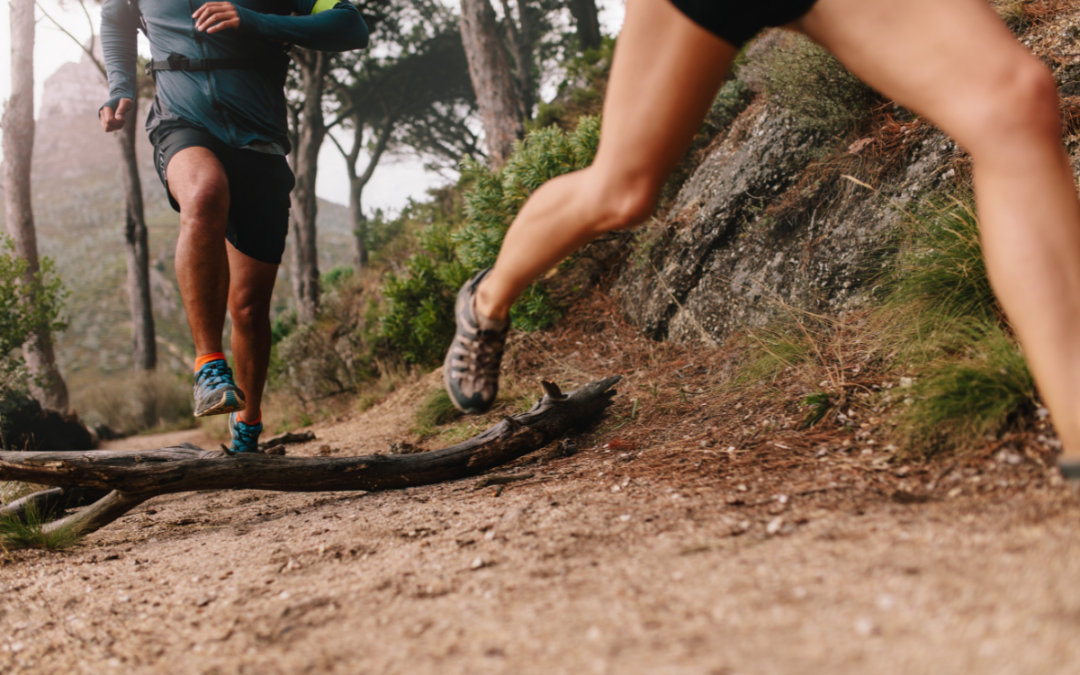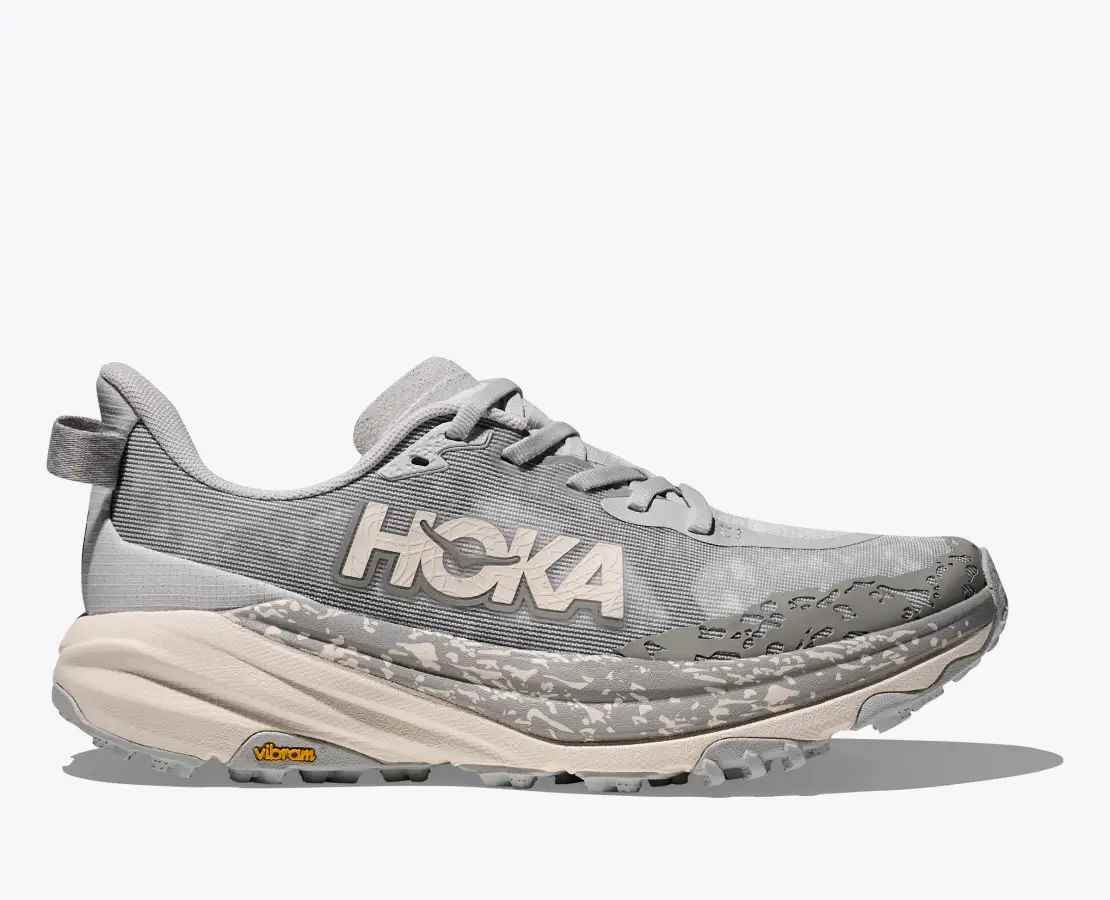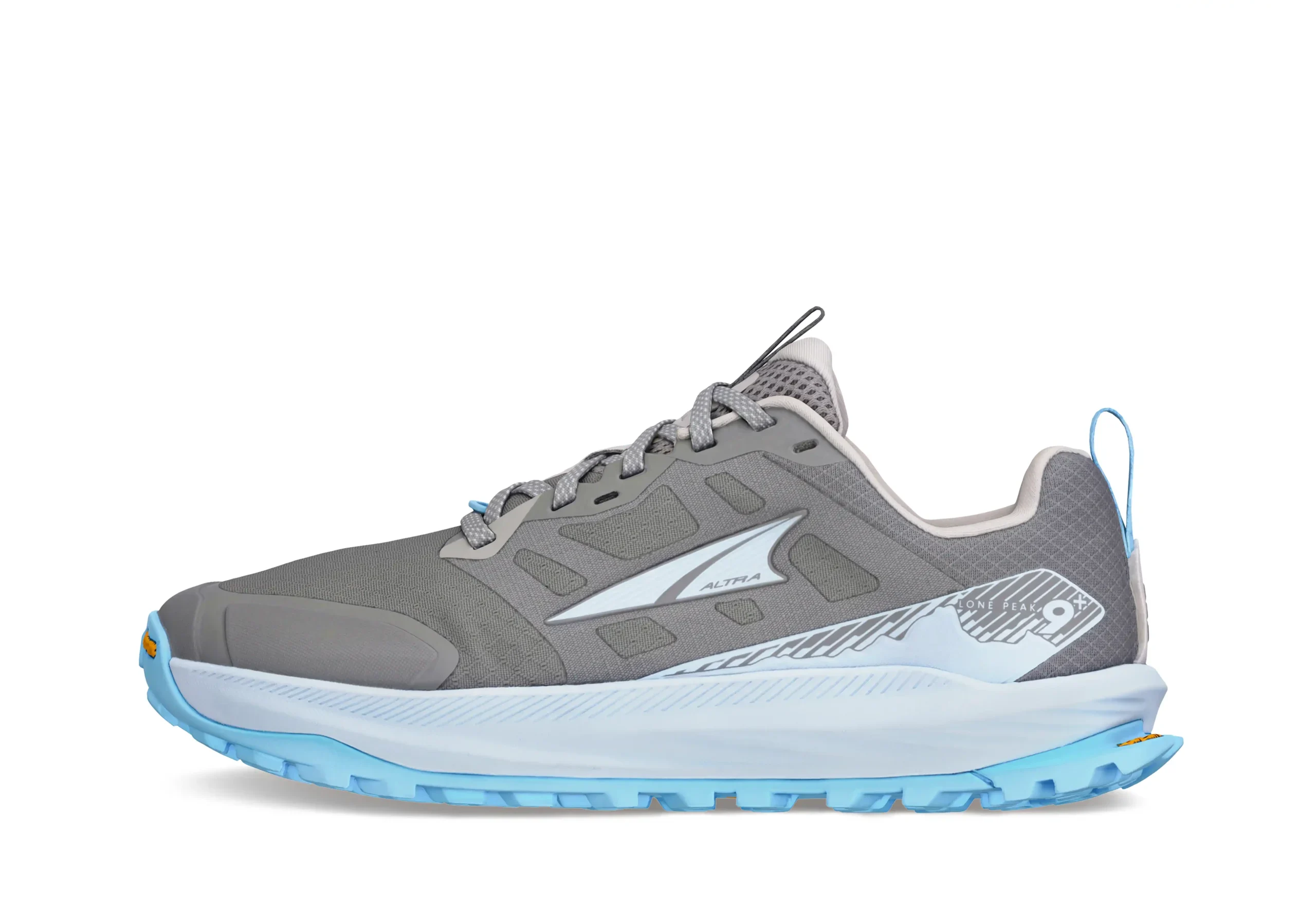When it comes to trail running, the right pair of shoes can make all the difference. Whether you’re navigating rocky terrain, sprinting up a muddy hill, or cruising through forests and fields, the right shoes will provide the support, traction, and comfort you need to perform your best and avoid injury. But with so many options available, how do you know which ones are the best for you? In this guide, we’ll break down the key factors to consider when choosing trail running shoes and highlight some of the top options on the market.
What to Look for in Trail Running Shoes
Traction:
Uneven terrain, unpredictable obstacles, and changing elevation all make trail running that much more of a challenge. Whether it be loose gravel, mud, or sharp inclines, your shoes need to be equipped for whatever comes their way. Shoes with aggressive outsoles and deep lugs provide better grip on challenging ground, compared to flat road-running outsoles.
Cushioning:
With uneven terrain comes hard-impact strides, which can put stress on joints. Cushioning helps to soften the impact that trail running can have on your feet, knees, and hips, without sacrificing stability. Shoes with midsole cushioning technology, like EVA foam or more advanced designs like Nike React, can strike the perfect balance.
Protection:
Thick soles and added rock plates can help protect your feet against sharp rocks, tree roots, and other hazards. A rock plate is a protective barrier in the midsole of the shoe, and it serves as an extra layer of defense between you and the terrain. A durable, hard-wearing exterior helps increase the longevity of the shoe while protecting the foot against sharp objects.
Fit and Comfort:
Long distances and ill-fitting shoes often leads to blistering, chafing, and foot fatigue. Getting the right fitment with space allowed for foot swelling is critical when selecting any running shoe, and trail shoes are no exception. It’s important to choose a pair that fits snugly but comfortably around the midfoot, with enough room in the toe box to allow for natural foot expansion during runs.
Waterproofing:
If you’re planning on running through streams or in wet conditions, or live in an area where rain is frequent, a waterproof trail running shoe is a good idea. Gore-Tex is a popular material that provides waterproofing while remaining breathable. However, if you’re primarily running in dry conditions, you may want to opt for a more breathable shoe to keep your feet cool.
Weight:
Trail running shoes come in various weights, and your choice depends on the kind of running you do and the type of terrain you’re covering. Lighter shoes (around 8-10 ounces) are better for fast-paced runs and races on relatively smooth trails, while heavier shoes (over 10 ounces) may offer more stability and protection on rugged, technical trails.
For Technical Trails: Salomon Speedcross 6
If you’re tackling a trail with rocky, technical sections or muddy conditions, the Salomon Speedcross 6 is a top contender. Known for its aggressive lug pattern, this shoe provides fantastic traction on slippery and uneven terrain. The shoe’s snug fit and excellent arch support also help to stabilize your feet during uneven, steep descents.
For Long-Distance Runs: Brooks Cascadia 16
For long-distance trail runs, comfort and durability are key. The Brooks Cascadia 16 provides ample cushioning, with a protective rock plate to shield your feet from sharp objects. It also features a wider toe box, allowing your feet to spread naturally with room for swelling on longer runs. The outsole delivers excellent traction, even in wet, muddy conditions, making it a versatile choice.
For Speed and Agility: Hoka One One Speedgoat 6
If you’re looking for a shoe that offers a great balance between cushioning and responsiveness, the Hoka Speedgoat 6 is a fantastic option. This shoe is lightweight, yet offers the cushioning you need to protect your feet on rocky, uneven trails. The wider platform ensures stability, while the aggressive lugs grip even the toughest terrain. For an extra $25, you can upgrade to the GTX Spike, which has 12 tungsten carbide spikes implemented in the outsole for extra grip and traction.
For Wet Conditions: La Sportiva Bushido III
For runners who often encounter wet and slippery surfaces, the La Sportiva Bushido III is a great pick. It features a sticky rubber outsole designed to grip both wet and dry surfaces. The shoe’s durable & waterproof Gore-Tex® upper also provides solid protection against rain, snow, and sand, making it an all-mountain shoe that can handle more than one environment.
For Ultrarunning: Altra Lone Peak 9+
The Altra Lone Peak 9+ is a favorite among ultrarunners due to its roomy toe box, which allows for natural foot expansion during long-distance runs. It provides ample cushioning with a rock plate for protection and an aggressive tread pattern for traction. It also features Altra’s Zero Drop platform, which improves form and lessens impact on joints.
Choosing the best trail running shoes depends on your individual needs, the type of terrain you’ll be running on, and the climate conditions of the areas you run. Each day can call for something different, and avid trail runners often keep two different types of running shoes to suit different conditions—aggressive lugs, outsole spikes, Gore-Tex® uppers all have advantages and disadvantages. With the right shoes, you’ll be ready to take on the trails, no matter what they throw at you.






